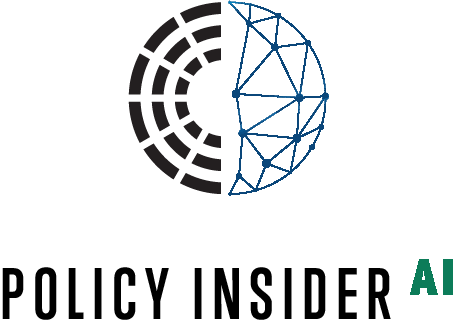In the fast-paced world of public affairs, staying informed about political developments is crucial. Effective political monitoring allows public affairs professionals to anticipate changes, respond to emerging issues, and make informed decisions. This blog post outlines best practices for optimizing your political monitoring efforts, ensuring you stay ahead of the curve.
1. Set Clear Objectives
Before diving into political monitoring, it’s essential to define your objectives. Ask yourself what specific outcomes you want to achieve. Are you looking to track legislative changes, monitor policy debates, or understand stakeholder positions? Clear objectives will guide your monitoring strategy and help you focus on relevant information.
Actionable Tip: Write down your objectives and review them regularly to ensure they align with your broader public affairs goals.
2. Define the geographical and institutional scope for your political monitoring
Effective political monitoring requires a clear understanding of both the geographical and institutional scope. Identify the regions and institutions that are most relevant to your objectives. This could range from local government bodies to international organizations, depending on your focus area.
For instance, if your interest lies in European policy, monitoring institutions like the European Parliament, the European Commission, and key member states would be essential. Similarly, if your focus is on environmental policies, you might track agencies such as the European Chemical Agency (ECHA) or the European Environment Agency (EEA). Defining this scope helps in tailoring your monitoring efforts to gather pertinent information efficiently.
Actionable Tip: Create a list of key institutions and regions to monitor and review this list regularly to ensure it aligns with your current objectives and emerging policy areas.
3. Utilize Digital Tools
Digital tools and platforms are invaluable for efficient political monitoring. These tools can automate data collection, provide real-time updates, and offer advanced search capabilities.
Recommended Tools:
- Policy-Insider.ai: Leverages AI to provide comprehensive policy monitoring and analysis (access the platform for free now)
- Google Alerts: Set up keyword alerts to receive notifications about relevant news and developments, yet be careful to define precisely what you are looking for.
- Social Media Monitoring Tools: Tools like Hootsuite or X Pro (formerly TweetDeck) can help track political discussions on social media platforms.
4. Customize Alerts and Notifications
To avoid information overload, customize your alerts and notifications. Focus on specific keywords, topics, or sources that are most relevant to your objectives. This targeted approach ensures you receive only the most pertinent updates.
Actionable Tip: Regularly review and adjust your alert settings to maintain their relevance over time.
5. Integrate Monitoring into Existing Workflows
Seamlessly integrating political monitoring into your existing workflows can enhance efficiency and ensure timely responses. Use collaboration tools like Microsoft Teams or Slack to share updates and insights with your team in real-time.
Actionable Tip: Set up dedicated channels or groups for political monitoring updates to keep your team informed and engaged on Microsoft Teams or Slack.
Read more about policy-insider.ai’s integration on Teams and Slack.
6. Analyze and Interpret Data
Raw data is only as good as the insights you derive from it. Take the time to analyze and interpret the information you gather. Look for trends, identify key stakeholders, and understand the potential impacts on your organization.
Actionable Tip: Use data visualization tools like Tableau or Power BI to create visual representations of your findings, making it easier to communicate insights to your team.
7. Stay Informed with Regular Reviews
Political landscapes are constantly changing. Regularly review and update your monitoring strategy to stay current with new developments and emerging trends. This proactive approach ensures your monitoring efforts remain effective and aligned with your objectives.
Actionable Tip: Schedule periodic reviews of your monitoring strategy and make adjustments as needed.
8. Make Regular Assessments of Your Political Monitoring Costs
Monitoring political developments can be resource-intensive, so it’s crucial to regularly assess and manage the costs involved. This includes subscription fees for monitoring tools, staffing costs, and any other resources dedicated to this task. Conduct periodic cost-benefit analyses to ensure that your investment in political monitoring is yielding significant returns. By understanding and optimizing these costs, you can allocate your resources more effectively and justify the expenditure to stakeholders.
Actionable Tip: Establish a quarterly review process to evaluate the costs associated with your political monitoring activities. Compare these costs against the benefits and insights gained to ensure your strategy remains cost-effective and valuable.
Conclusion
Effective political monitoring is a dynamic process that requires clear objectives, the right tools, and regular reviews. By implementing these best practices, public affairs professionals can stay informed, anticipate changes, and make strategic decisions with confidence. Stay ahead of the curve and optimize your political monitoring efforts today.


